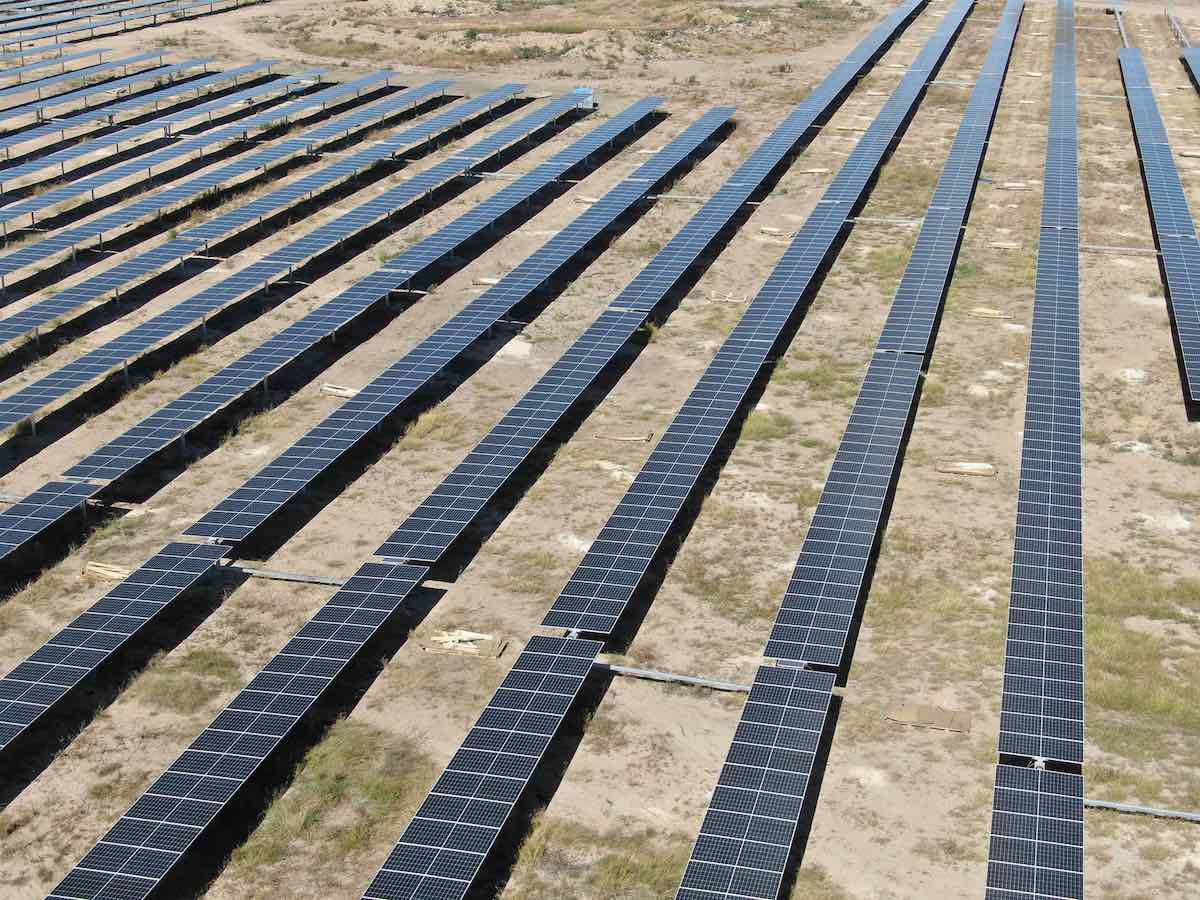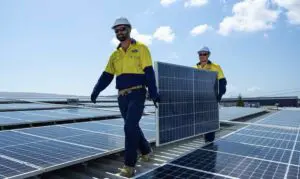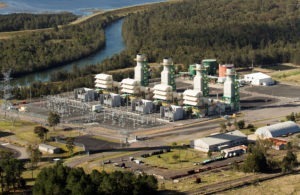The final footprint of the Sixteen Mile solar farm in Queensland’s Western Downs region will be 16 per cent smaller than the original design, in order to protect habitats for several endangered and vulnerable species.
Spain-based renewables developer X-Elio will be allowed to build a 350 megawatt (MW) solar farm in Hopeland, with a 120 MW/ 240 MWh battery, connecting into the existing Western Downs Substation via a new 7.4 km powerline.
It submitted the project to the federal Environment Protection and Biodiversity Conservation (EPBC) Act in May, after already slicing a chunk of land off the southern portion of the project area.
Last week, the developer was told it didn’t have to seek approval through the EPBC process, provided it did not disturb or use in any way the southern section of the proposed project area.
While the land has been largely cleared for continual grazing, a creek bisects the lower part of the project area.
“A regionally significant riparian corridor (wildlife corridor) runs along through the unnamed creek on Lot 2 RP 82810 in the Project Area,” environmental documents for the project say.
“The majority of the Project Area is cleared but vegetation along the wildlife corridor would provide a corridor for animals moving towards or away from Wambo and Sixteen Mile Creeks to vegetation to the east including Dalby State Forest.”

The project will now avoid disturbing habitat for koalas, the endangered grey snake, and the vulnerable squatter pigeon.
While the company says it didn’t find any koalas or grey snakes in the area during spotting activities in 2023, it did find squatter pigeons and says the chance of the former being present is “high”.
The company also found evidence of a large range of pests, from feral cats, pigs and dogs, to foxes, cane toads and rabbits.
The project will take about two years to complete.
X-Elio was originally hoping to have the project finished by the end of 2024.
X-Elio, which is co-owned by US investment firms Brookfield and KKR, is no stranger to the Western Down region, having built the 200 MW Blue Grass Solar Farm, near Chinchilla. The company is currently adding a 60MW battery to that array.
The company is also building the 90MW Forest Glen Solar Farm near Dubbo in New South Wales. That project, which will include a 25MW, one hour battery, was approved last year by the NSW planning department.
And it has two projects in the earliest stages of planning: the 270 MW Maxwell Downs solar and battery project in New South Wales’ (NSW) Riverina region which already facing opposition from neighbouring farmers; and a 300 MW, four hour battery in South Burnett, inland from the Sunshine Coast.










